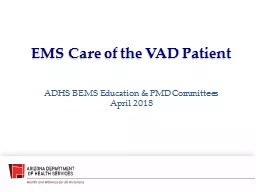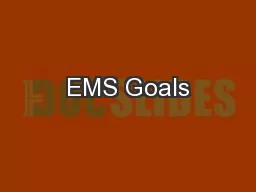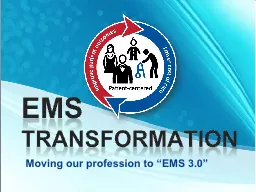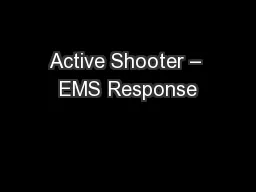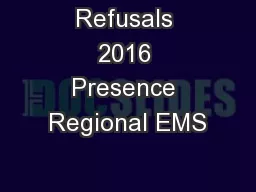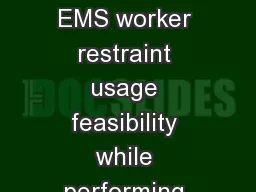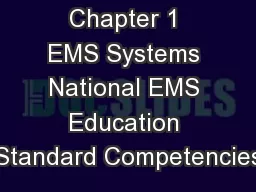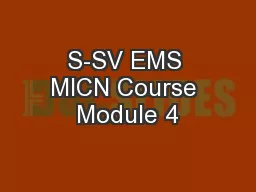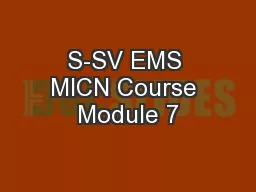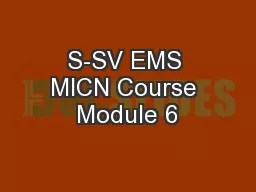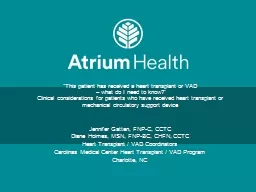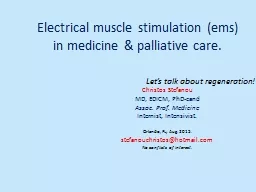PPT-EMS Care of the VAD Patient
Author : stefany-barnette | Published Date : 2020-04-02
ADHS BEMS Education amp PMD Committees April 2018 VAD Complexities Assessing and managing VAD patients can be challenging and may not follow routine EMS protocols
Presentation Embed Code
Download Presentation
Download Presentation The PPT/PDF document " EMS Care of the VAD Patient" is the property of its rightful owner. Permission is granted to download and print the materials on this website for personal, non-commercial use only, and to display it on your personal computer provided you do not modify the materials and that you retain all copyright notices contained in the materials. By downloading content from our website, you accept the terms of this agreement.
EMS Care of the VAD Patient: Transcript
Download Rules Of Document
" EMS Care of the VAD Patient"The content belongs to its owner. You may download and print it for personal use, without modification, and keep all copyright notices. By downloading, you agree to these terms.
Related Documents

